If you click on a link and make a purchase we may receive a small commission. Read our editorial policy.
How I found the heart of Critical Role at New York Comic Con
In this enormous and accepting fantasy world that Critical Role has created, I found the messy human realities make these fantasy worlds fantastic.

I first encountered Dungeons & Dragons in the era of the Satanic Panic. Playing D&D was something you didn’t tell your parents about, or if you did, it was definitely going to involve a Conversation. Forget about telling your peers, either. Actually, the game seemed to specifically draw people who didn’t fit in, so you probably didn’t have any anyway.
I loved the modules, reading about crypts and liches and unexpected traps. (Tomb of Horrors forever.) I loved the possibility of somehow being able to play in the world of The Lord of the Rings, the first “adult” book I had ever read. And I liked the dice, of course.
In point of fact, actually playing Dungeons & Dragons never quite worked for me. It was the difference between those early text-based video games like Oregon Trail or Zork where you would type in what you want your character to do and then the computers tells you what happens and a modern game where the slightest touch of a joystick or keypad lets you find out for yourself. I hated having to mostly just sit there and listen to someone else tell me everything that was happening.
Still, the allure of the game never quite left me. I had the sense that I had been on the verge of a world that was really interesting, if only I could see through the mists how to get there.

In recent years, I’d certainly heard of Critical Role, a liveplay, livestreamed D&D game that had developed a following. I figured it was one of those pandemic-era Things We Are Doing to Keep from Losing Our Minds, something that was probably starting to fizzle out post-pandemic. Who would want to spend hours watching a group of people tell someone else what they were going to do and then roll dice to find out if they did it?
But when I got assigned to report on Critical Role at New York Comic Con 2025, I was surprised to discover how wrong I was. Critical Role has been around for over a decade, and it was thriving in such a massive and unusual way—that livestream had spawned multiple animated shows, its own channel, and international fandom—it felt like there should be a new term just to describe it. (My pitch: Role-ing a 20.)
Walking into the Critical Role panel, I tried to get my head around the incredible variety of cosplay that I was seeing. Did the people with red hair, antlers, and gorgeous autumn leaf capes represent someone from one of the campaigns? (It turns out the answer is Yes, her name is Vex, and based on how many people were wearing her, she is beloved.) And all the people dressed as mimes, with red berets, black and white-striped shirts and French bread on their backs? “They’re from Expedition 33,” someone nearby told me. “There have been 33 Critical Role expeditions?” I wonder (while withholding, “And one of them was to early 20th century France?).
“No, it’s a video game,” the young woman explained, in exactly the tone my nephews and nieces use when I ask about apps or selfies or slang or life.

One thing that I found abundantly familiar was the overall character of the group gathered. I don’t know what it is about fantasy fans today, but I wish some of my own fandoms would take a lesson from them. Their genuine happiness to be here fills the room, and they treat one another like old friends, whether they’ve ever met before or not. They’re not easily pigeon-holed, either. I see a grandma-age lady dressed as a dragon (with fabulous wings, I might add) dancing in an aisle, while one aisle over a young woman in a black outfit coos and gasps at others coming in like a teenager at a high school prom. There are still younger kids in this room, too.
As we waited for the Critical Role team to take the stage, a person dressed in a grey cloak, floppy hat, and white beard walked by. I was shocked to realize, this was the first old school D&D wizard I had seen‚ and maybe the only one in the whole room. In fact, most of the people here seemed to be women. Having come from a world in which D&D was the province of shy nerd boys and nerd men, everything about this community felt incredibly different.
Then the panel arrived, and they were funny and looked great and had fun voices for their characters, and they talked about romances that made the crowd gush and ooh. The game’s DM Matthew Mercer was treated like a rock star; the MC kept putting questions to him as a Gandalf-like all-knowing one, and the crowd listened intently as he spoke. But everyone else on the panel seemed equally beloved and with the same degree of ownership of the stories they were telling.

Everything about Critical Role seemed like such a radical improvement upon the world I had visited as a lonely and uncertain teenager, it almost seemed wrong to call it Dungeons & Dragons at all. They truly had dispelled the mists we kids of the '70s and '80s had spent years stumbling through, and uncovered an endless world of adventure that everyone could explore.
So then why as the panel went on did I find myself feeling more and more uncomfortable? Did the cast seem too slick or fake in some way? No, they did not. They seemed wonderful, people you could just hang out and laugh with in someone’s backyard on a summer night while the lightning bugs floated by.
It was abundantly clear that the heart of Critical Role is a group of nice people having fun improvising together onscreen.

Except they weren’t just any people, were they? These were actors, people skilled at improvisation and performance. Sure, they could be thrown for a loop in life just like anyone else, but on stage they knew how to work those twists and turns into gold. They even had a term for it adapted from improv: “yes and”-ing.
Where was the awkwardness of my own experience of D&D, I wondered, the gawkiness and uncertainty, the feelings thrumming beneath the surface that could not be spoken aloud because they weren’t even known yet, let alone understood? Where was that almost uncomfortable need to be here, the sense of the game as a refuge or a quest of its own, a search for deep things—an identity, a family, a home?
In this enormous and accepting fantasy world that Critical Role has created, where are the messy human realities not of the characters but of the players? Or put another way, where are the teenagers?
As I sat there in that happy bright place, I felt like I had returned to the beat-up town of my youth, where having fun involved playing with action figures that knew nothing of points of articulation and you had to ride dirt bikes to get anywhere, to discover developers had transformed it all into a beloved wonderland.
I can’t blame people for loving their flying cars and robot dogs and perfectly realized fantasy characters and scenarios. But also, I feel kind of sad, because they’ll never know how meaningful it was having so much less, and because I didn’t either.
From the lands of Exandria to your very own smartscreens, Popverse has everything you need to know about the TTRPG phenomenon that is Critical Role. Here you'll find:
- Popverse's Critical Role watch order
- An interview with GM Brennan Lee Mulligan
- The cast's appearance at C2E2 '25
...and more. Roll initiative, player. Adventure awaits.
About New York Comic Con
Welcome home, hero. This is your event where you can feel unafraid to geek out. Where you’re accepted and embraced for being yourself, regardless of your cultural background, physical ability, personal identity, or self-expression. Where you can experience the best in pop culture, be inspired, get star struck, treat yourself, and create all of those memories with the people you care about the most.
Dates
-
Location
New York City
United States
Follow Popverse for upcoming event coverage and news
Find out how we conduct our review by reading our review policy
Let Popverse be your tour guide through the wilderness of pop culture
Sign in and let us help you find your new favorite thing.



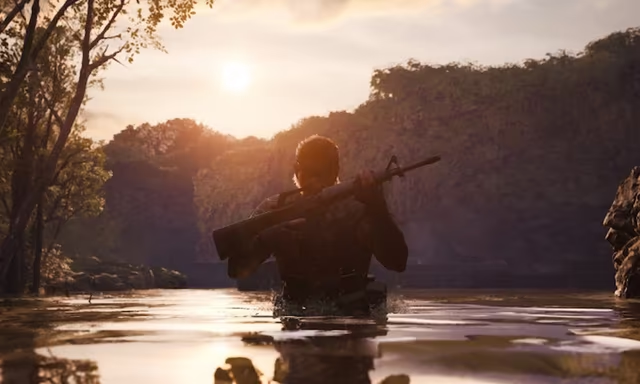

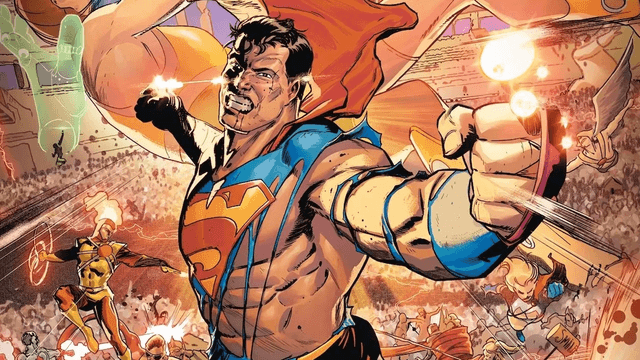

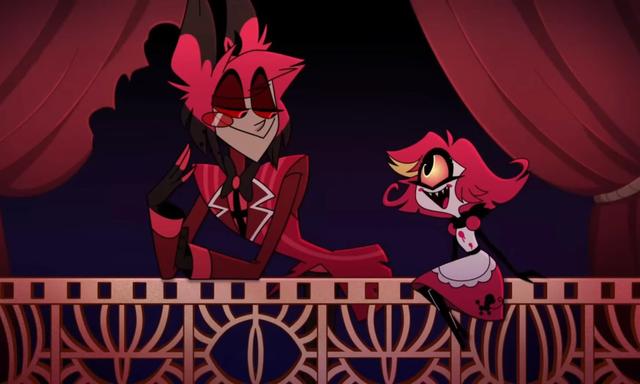

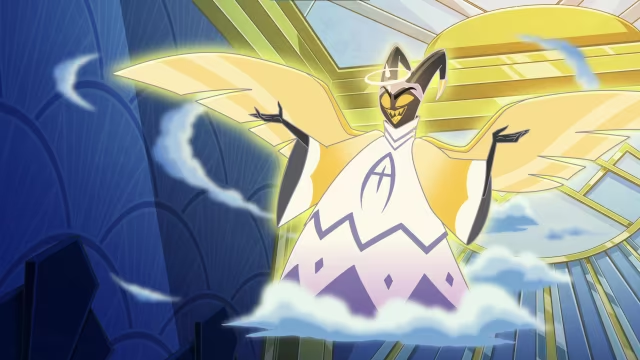

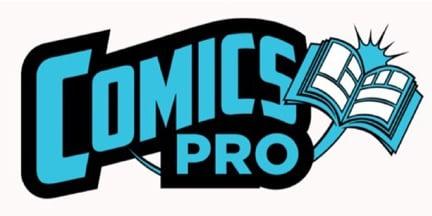




Comments
Want to join the discussion? Please activate your account first.
Visit Reedpop ID if you need to resend the confirmation email.